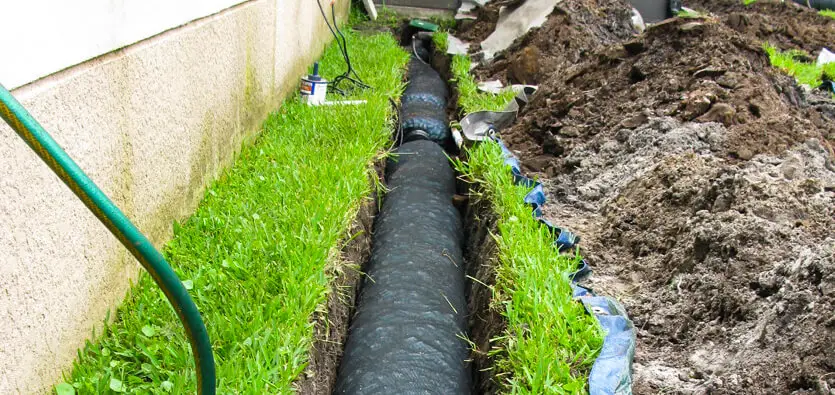The concept of air conditioning is not a new one, but it remains a topic of curiosity for many people. Air conditioning has transformed our lives, allowing us to stay comfortable indoors even during sweltering summer months. But what exactly is air conditioning? In this blog post, we will delve into the inner workings of air conditioning systems, how they cool the air, and the impact they have on our lives.
The Science Behind Air Conditioning
Air conditioning is a process that modifies the temperature, humidity, and air quality within an enclosed space to create a comfortable environment. The primary goal of air conditioning is to provide thermal comfort and improve indoor air quality. This is achieved by removing heat and moisture from the air through a series of processes that involve heat transfer, evaporation, and condensation.
The Components of an Air Conditioning System
An air conditioning system typically consists of four main components:
Evaporator: The evaporator is responsible for absorbing heat from the indoor air. The refrigerant inside the evaporator coil evaporates, absorbing heat and cooling the air in the process.
Compressor: The compressor is the heart of the system. It pumps the refrigerant gas from the evaporator to the condenser, increasing its pressure and temperature.
Condenser: The condenser is responsible for releasing the heat absorbed by the evaporator to the outdoors. The refrigerant gas is cooled and condensed back into a liquid form, releasing the heat in the process.
Expansion Valve: The expansion valve controls the flow of the refrigerant between the condenser and evaporator. It reduces the pressure and temperature of the refrigerant before it enters the evaporator, allowing it to absorb heat efficiently.
Types of Air Conditioning Systems
There are various types of air conditioning systems available, each with its advantages and drawbacks. Some common types include:
Central Air Conditioning
Central air conditioning systems are commonly used in large buildings and homes. These systems use ductwork to distribute cooled air throughout the building. A central air conditioning system is more energy-efficient and provides consistent cooling throughout the space.
Split or Ductless Air Conditioning
Split or ductless air conditioning systems consist of an indoor unit and an outdoor unit, which are connected through refrigerant lines. These systems are ideal for cooling individual rooms or small spaces without the need for ductwork. They are highly energy-efficient and can be easily installed.
Window Air Conditioning
Window air conditioning units are compact systems designed to fit in a window or a hole in the wall. These systems are typically used to cool a single room and are less energy-efficient than central or split systems. They are relatively easy to install and are more affordable than other types of air conditioning systems.
The Impact of Air Conditioning on Our Lives
Air conditioning has revolutionized the way we live, work, and interact with our environments. Some of the significant impacts of air conditioning include:
Improved Comfort and Productivity
Air conditioning has made it possible for people to live and work comfortably in regions with extreme temperatures. It has also led to increased productivity, as people can focus better in a comfortable environment.
Architectural Design
Air conditioning has influenced the way buildings are designed. Modern buildings are constructed with better insulation, energy-efficient windows, and carefully designed ventilation systems to optimize the use of air conditioning systems.
Environmental Considerations
While air conditioning has made our lives more comfortable, it also has an environmental impact. Air conditioning systems consume a significant amount of energy, contributing to greenhouse gas emissions. Moreover, improper disposal of refrigerants can harm the ozone layer. As a result, there is a growing emphasis on developing energy-efficient and environmentally friendly air conditioning technologies.
Health and Indoor Air Quality
Air conditioning systems can improve indoor air quality by filtering out allergens, pollutants, and dust particles. This can be especially beneficial for individuals with allergies, asthma, or other respiratory conditions. However, poorly maintained air conditioning systems can also contribute to the spread of mold and bacteria, highlighting the importance of regular maintenance and cleaning.
Conclusion
In summary, air conditioning is a technology that has become an essential part of our modern lives, providing thermal comfort and improving indoor air quality. Understanding the science behind air conditioning, the various types of systems available, and their impact on our lives can help us make informed decisions when selecting and maintaining these systems. As we continue to rely on air conditioning, it is crucial to prioritize energy efficiency and environmental sustainability to minimize the negative consequences on our planet.






